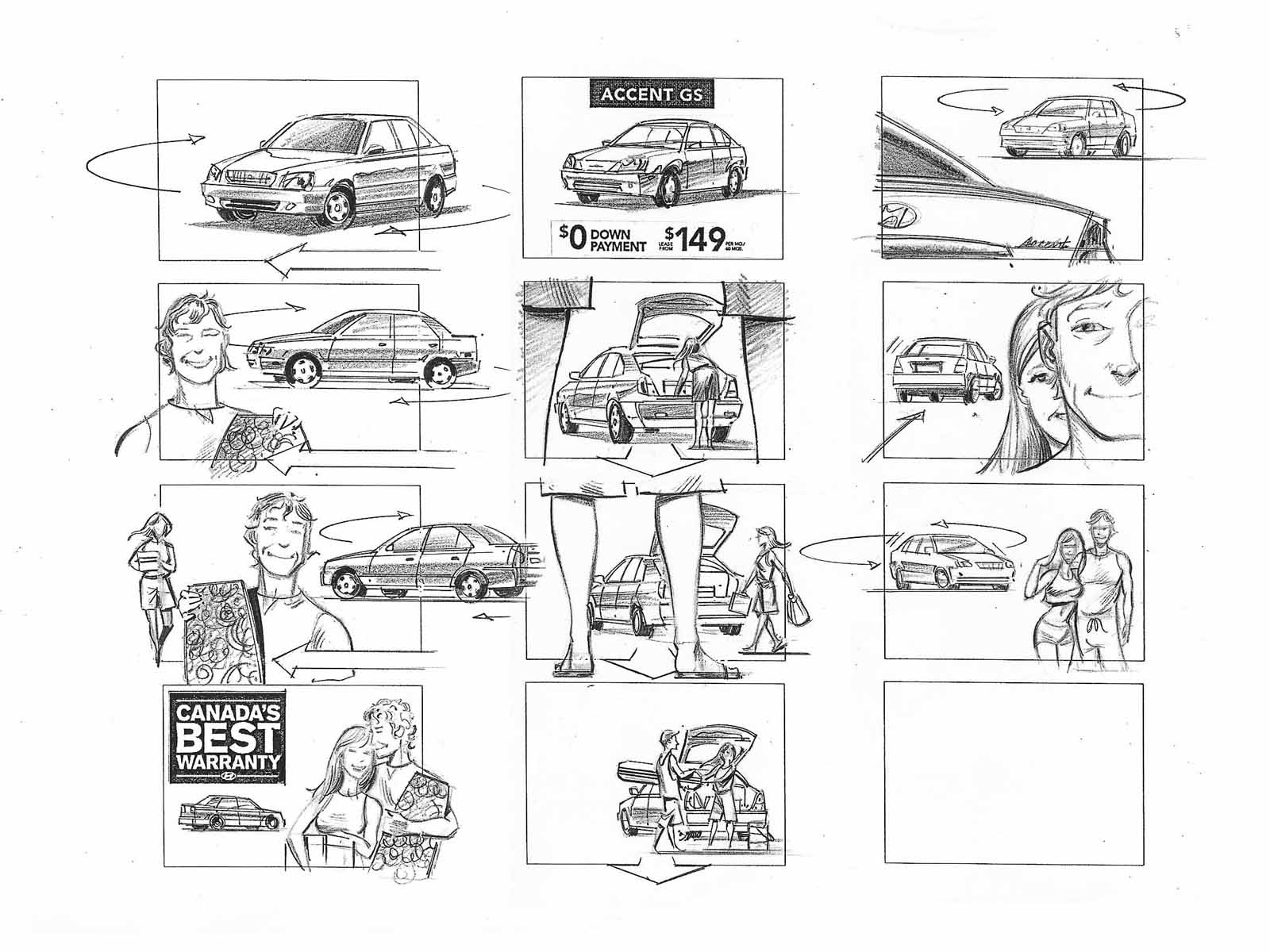Below I have displayed a storyboard of how I want my captions to appear in my documentary. In my first caption I will display the Facebook logo with music in the background in order for the audience to have an idea of what the documentary is about. The second caption will also have music/ voice over playing as a user is looking at their Facebook, here the audience will see the notifications etc... The third caption is the users privacy settings and the options the users have on what they want to keep private or public. This is then followed by the interviews (captions 4 and 5), the questions will be displayed on screen with either a voice over saying the question or music playing. This is then followed by the interviewee answering the question with their own privacy setting displayed as a background. I will have several people being interviewed in order to obtain different opinions. In the sixth caption I will have a user on their Facebook but this time showing an example on how to block a person/post etc... More interviews will be carried out in the structure I explained previously. Caption 7 and 8 will display an example of a private and pubic Facebook profile with a voice over them. Caption 9 will be another set of answers from and interview this time instead of having the interviewee in focus they are out of focus and the background is in focus.
Caption 10 will be showing the users information page and how much personal information they expose on their profile, this will have a voice over running in the background. Caption 11 will be the interviewees making a statement in order to make people aware of privacy on Facebook. Caption 12 will have the Facebook logo with a bold statement displayed.



